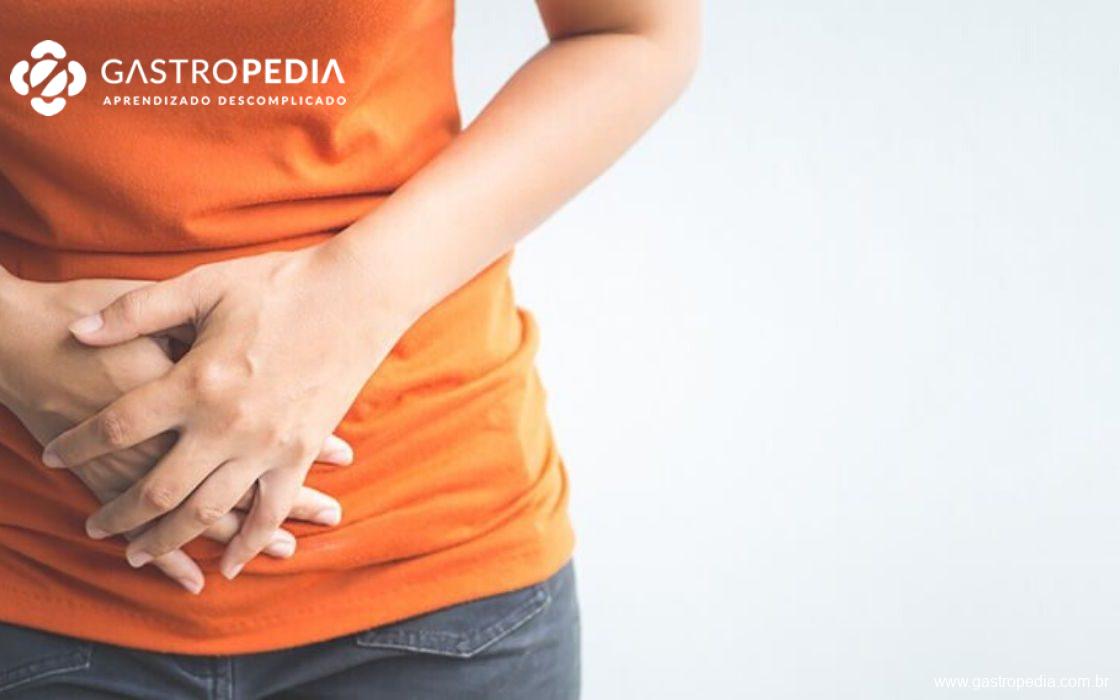Hiatal Hernia: What Should the Treatment Be?
Hiatal hernia can cause pain and reflux. Follow the main information on the subject and see how the treatment is done.
What is a hiatal hernia?
There is a small hole (diaphragmatic hiatus) located in the diaphragm that allows the esophagus to pass from the chest to the abdomen. Sometimes, this hiatus is wider than usual, allowing a small portion of the stomach to rise and enter the chest a little.
This condition is what is understood as a hiatal hernia, that is, when a small portion of the stomach rises through the diaphragm and enters the chest.
How does a hiatal hernia develop?
Although hiatal hernias are more common after middle age, they usually do not cause major problems and doctors do not reach the source of their cause.
What is known is that hiatal hernia occurs more in patients who are smokers, overweight, and a bit older.
What are the symptoms?
Hiatal hernia is not considered a disease, but a condition that is formed by the alteration of the individual’s anatomy.
In some cases, there are symptoms resulting from stomach acid that backs up into the esophagus. This moment is also called reflux and is treated as a problem called gastroesophageal reflux disease (GERD).
This condition can cause some symptoms such as:
- Heartburn: a sensation of pain, burning, or heat in the chest near the bone at the front of the chest (lower sternum), especially when the person lies down soon after eating or consumes a lot of food during the meal;
- Belching: spontaneous burps;
- Sour or bitter taste in the mouth: a symptom caused by the return of food or stomach acid.
How is the diagnosis made?
Many cases of hiatal hernia do not cause prominent symptoms and therefore are diagnosed during exams such as endoscopy to identify other problems. If there are symptoms, the doctor may direct exams to confirm the case and rule out other possible causes.
Possible treatments for hiatal hernia
Treatments for hiatal hernia are not usually applied to people who do not show symptoms. On the other hand, patients who complain of heartburn, pain, or burning are advised to make some changes in their diet, lose weight (if necessary), and not lie down with a full stomach.
In some cases, antacids are prescribed by the doctor. Patients may be referred for surgery if they have more severe conditions.
How can I take care of myself?
To take care of yourself and prevent hiatal hernia, you can follow some steps:
- Take the treatment recommended by the doctor seriously;
- Lose weight, if necessary;
- Break up large meals into smaller ones;
- Avoid wearing tight clothes or that compress the abdomen area;
- Avoid excessive consumption of: alcohol, chocolate, fatty foods, mint-flavored foods, citrus fruits, caffeine, tomato sauce, as well as tobacco;
- Have your last meal 2 to 3 hours before going to bed;
- Raise the head of the bed 6 to 8 inches (using a wooden block frame) if you feel the discomfort of reflux during sleep – an easier alternative is to place a foam wedge (anti-reflux pillow) under the head of the mattress.
Learn more about hiatal hernia on EndoBlog
Hiatal hernia is a condition that can affect many people and, at the first sign of recurrent symptoms, it is essential to seek medical help. Furthermore, through EndoBlog, patients find exclusive and free content about hiatal hernia and other extremely relevant topics for well-being and quality of life. Browse EndoBlog to check out all the content, like this one about: elastic band ligation risks
Also read: Upper Digestive Endoscopy | Intragastric Balloon | What is Dysphagia?
